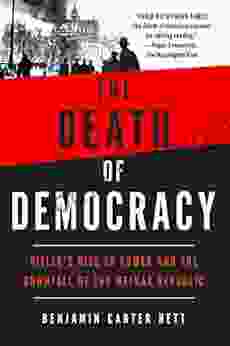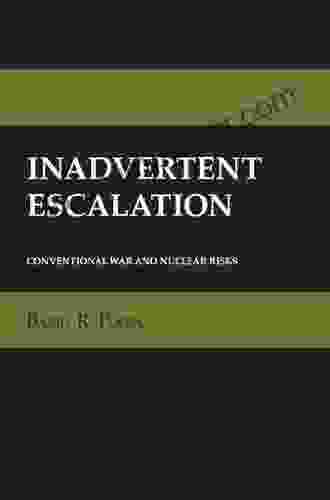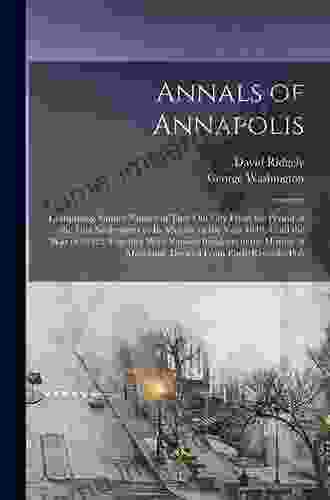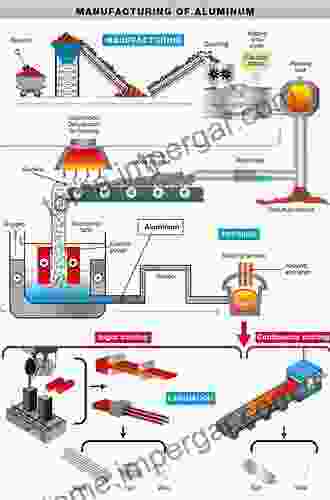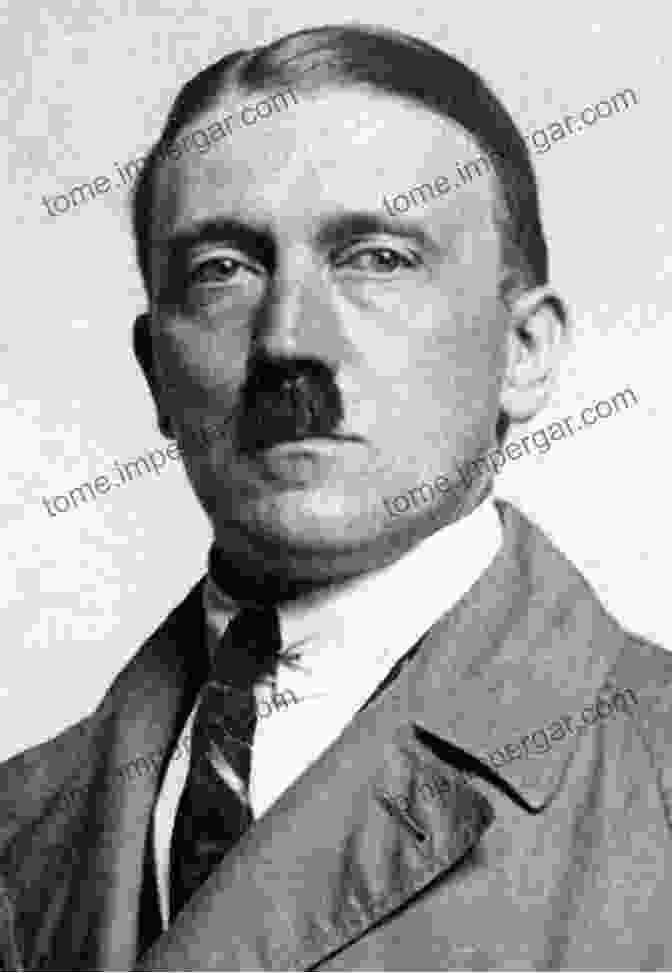
4.7 out of 5
The rise of Adolf Hitler and the Nazi Party to power in Germany during the 1920s and 1930s marked a dark chapter in world history. The consequences of their ascension were catastrophic, leading to the Holocaust, World War II, and the deaths of millions.
This article will delve into the key events and factors that contributed to Hitler's rise to power and the downfall of the Weimar Republic. By examining the political, social, and economic dynamics of the time, we can gain a deeper understanding of this tumultuous period and its profound impact on modern history.
Political Instability and the Treaty of Versailles
The Weimar Republic was established in 1919 after the defeat of Germany in World War I. The republic faced numerous challenges from its inception, including:
- Political fragmentation: The republic was governed by a coalition of parties with vastly different ideologies, making it difficult to form stable governments.
- Economic instability: The Treaty of Versailles imposed heavy reparations on Germany, contributing to hyperinflation and economic hardship.
- Social unrest: The war left Germany with widespread unemployment, poverty, and social divisions.
These factors created a fertile ground for the rise of extremist groups, including the Nazi Party. Hitler, a charismatic and skilled orator, exploited the fears and frustrations of the German people, promising to restore Germany's greatness and avenge the humiliations of the Treaty of Versailles.
The Nazi Rise to Power
The Nazi Party gradually gained electoral success in the 1920s, winning over voters with its nationalist rhetoric and promises of economic recovery. In 1933, President Paul von Hindenburg appointed Hitler as Chancellor, a decision that would ultimately prove disastrous.
Once in power, Hitler and the Nazis quickly moved to consolidate their authority. They passed the Enabling Act, which granted Hitler dictatorial powers, and began to dismantle the Weimar constitution and democratic institutions.
The Nazis also employed violence and intimidation to silence opposition and promote their agenda. The Gestapo, the Nazi secret police, carried out widespread arrests and detentions, while Nazi paramilitary groups, such as the SA, engaged in street violence and terrorized political opponents.
The Downfall of the Weimar Republic
The Weimar Republic, already weakened by political instability and economic crisis, was unable to withstand the onslaught of Nazi aggression. In 1934, President Hindenburg died, and Hitler merged the offices of Präsident and Chancellor, declaring himself Führer und Reichskanzler (Leader and Chancellor).
The Weimar Republic officially came to an end on March 5, 1933, when the Reichstag, the German parliament, passed the Law for Removing the Distress of the People and Reich. This law gave Hitler absolute authority to rule by decree, marking the beginning of the Nazi dictatorship.
Consequences and Legacy
The rise of Hitler and the downfall of the Weimar Republic had far-reaching consequences:
- The Holocaust: The Nazis systematically murdered approximately six million Jews and millions of other victims during the Holocaust.
- World War II: Hitler's aggression led to the outbreak of World War II, which resulted in the deaths of tens of millions of people.
- Totalitarianism: The Nazi regime was a totalitarian dictatorship that suppressed all forms of dissent and imposed its ideology on every aspect of society.
The legacy of Hitler and the Nazi era continues to resonate today. The events of this period serve as a stark reminder of the dangers of extremism, the importance of democracy, and the need for vigilance against the rise of authoritarianism.
The rise of Hitler and the downfall of the Weimar Republic was a complex and multifaceted event. Political instability, economic hardship, and social unrest created a fertile ground for the emergence of the Nazi Party and its charismatic leader, Adolf Hitler.
Through a combination of propaganda, violence, and intimidation, the Nazis gained power and dismantled the Weimar Republic. The consequences of their rise were catastrophic, culminating in the Holocaust, World War II, and the deaths of millions.
By understanding the events and factors that led to Hitler's rise to power and the downfall of the Weimar Republic, we can better guard against the dangers of history repeating itself.



